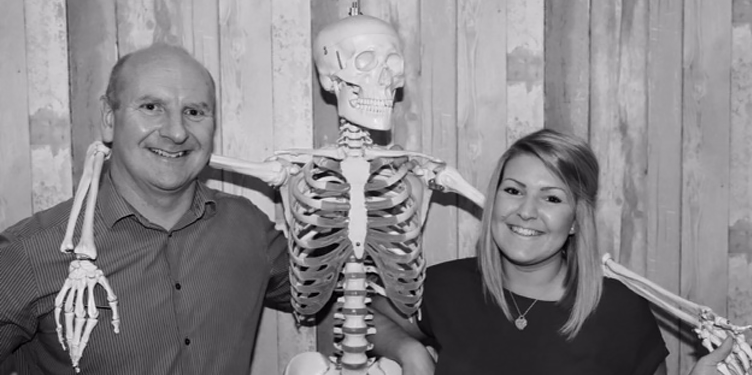1. Carb-load like a pro
Begin your carbohydrate load at lunchtime, two days prior to the race. Start by incorporating grains that you wouldn’t typically consume (i.e. white bread), being careful not to finish meals feeling uncomfortably full. Your main carbohydrate load, however, will take place at breakfast the day before the event. Finish eating by 9 a.m. at the latest, after which you’ll begin tapering off food for the remainder of the day.
Thereafter, choose frequent carbohydrate-rich snacks (i.e. pretzels), and finish the day with an early, light dinner. Eat foods very low in fat and fiber (this means few fruits and vegetables, if any). Aim to consume approximately 10 times your body weight (in kilograms) as grams of carbohydrate.
2. Cut the caffeine
Avoid caffeine during race week and early on the day of your race. This fast will help keep your sensitivity to caffeine high so that you can maximize its effect come go-time. Don’t consume caffeine until at least two to three hours into your race (since it may wear off and make you fatigued when you need energy most); it’s your friend later in the day, helping you maintain a high heart rate and drive proper pacing. (And as a general rule of thumb, try to keep caffeine intake below 200 milligrams per day/1,000 milligrams per week.)
3. Fill your bottles
Use at least 0.6 grams of carbohydrate, per hour, per pound of body weight, on the bike—and half of that on the run. The sodium content of these fuels should be at least 8 milligrams per gram of carbohydrate. Fat and protein content should be absolutely minimal, and fiber even less.
4. Race morning breakfast
Consume a meal three and a half hours before the start of your IRONMAN—yes that’s 3:30 a.m. This meal should contain between 110 and 180 grams of carbohydrate, depending upon your size, and contain very little fat or fiber. A good option would be two-and-a-half cups of unsweetened apple sauce, one scoop of whey protein, one bottle of sports drink and a banana.
5. Sodium wars
Most athletes underestimate their race-day sodium needs. I recommend tallying your planned hourly race day sodium intake, and measuring it against the fact that most athletes lose between 800 and 4,000 milligrams of sodium per hour. To get a reasonable estimate of your specific needs, assume a loss of approximately 500 to 800mg of sodium per 16oz of sweat lost. (If you have experienced muscle cramping in the past, err to the higher side of this range.) Using this sodium concentration and your estimated fluid losses, you’ll get a pretty good idea of your actual sodium needs.
6. Salty insurance
Always carry extra sodium with you on race day. Whether you have your fueling plan set in stone or have no idea what you’re doing, it’s foolish to not have this insurance. Your sodium supplement should contain at least 200 milligrams per capsule. (Some brands on the market do not.) If at any point you feel a muscle twinge or stomach bloating, no matter how slight, take one.
7. Easy on the H2O
I encourage my athletes to avoid water during an IRONMAN. We’ve found that water only increases the probability of developing a sloshy stomach, due to a lack of sodium, and tends to put a hole in your steady blood sugar response. We stick to sports drinks, with the appropriate sodium concentration, as discussed above.
8. Put the “P” in pedal
You should aim to pee at least twice during the bike portion of an IRONMAN. Athletes who fail to do this will not typically run to their potential. A good rule of thumb for 70.3 races is to pee at least once during the bike.
9. Pacing panacea
Even your best-laid nutrition plans can backfire if you mispace the race. Start with a steady pace—no harder than you are able finish with. Too much stress too early can shut down the gut and render your fueling plan useless. Bloating and sloshing generally occur for one of two reasons: not enough sodium or too much stress. If gut issues creep up, slow down and back off of your pace, allowing things to clear up. Few athletes have the courage to do this before it’s too late.
10. Listen to your heart (rate)
At the end of the day, IRONMAN fueling and pacing is all about being able to keep your heart rate elevated during the later portions of the run. If you’re a geek about one thing, make it this. Any mistakes made with your fueling and pacing will be illustrated by a lower heart rate toward the end of the run.
Good luck to all athletes and if you want to speak to any of our Osteopaths,Acupuncturists or massage therapists on the lead up to race day or post please find us at:
www.rotheryhealth.com


















